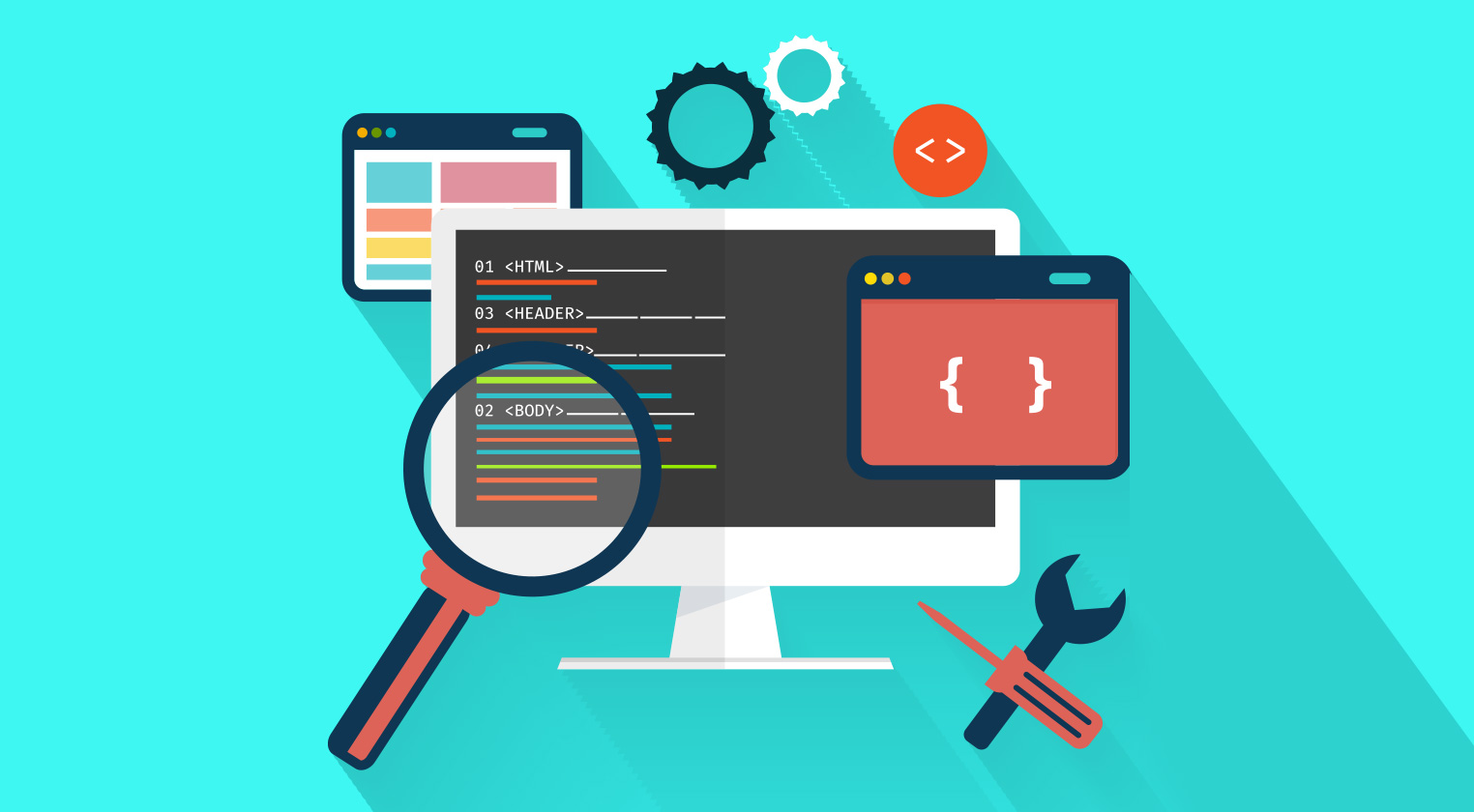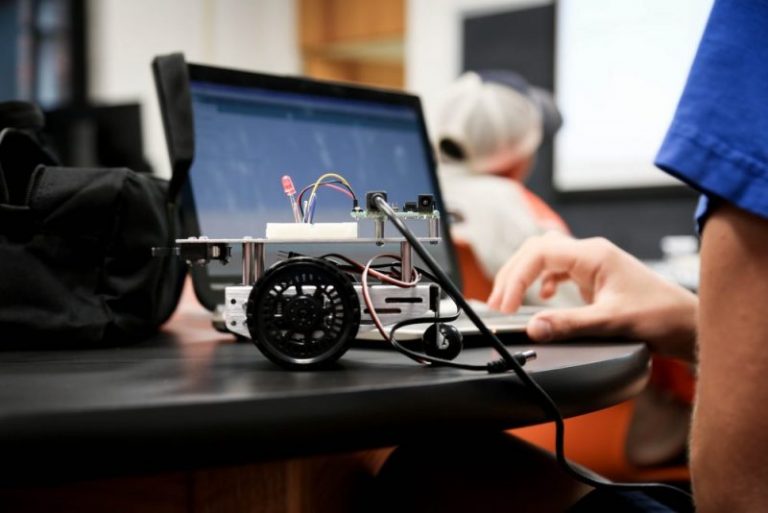A remote front-end developer builds and designs websites from home. They are in charge of the site feel. They are also in charge of the website’s technological features, such as its efficiency and ability, which are indicators of the speed of a website, and how much traffic the site can handle. Web developers can also write content for the website.
Developers need to make their client’s dreams a reality while designing a website. They create different types of websites that suit the needs of clients, such as e-commerce, news, or gaming sites. Different types of websites can require various applications to function correctly.
The typical education required to become a web developer is a web design associate’s degree or a similar area. Web developers need both programming and graphic design skills. Read on to learn more about this remote work.

How to Get Started
Web developers’ educational standards differ with the environment in which they work, and the nature of their work. Requirements vary from a bachelor’s degree to a high school diploma. The most common qualification is an associate’s degree in web design or a related area.
However, some employers prefer employees who have at least a bachelor’s degree in engineering, computer science, or a related subject for more advanced developer positions, such as back-end web developers.
Remote front-end web developers need to grasp HTML programming in depth. The newest edition, HTML5, adds new technologies that web developers need to learn. Most employers often want developers to understand other programming languages like JavaScript or SQL and to have some knowledge of multimedia publishing resources like Flash. Web developers must keep abreast of new technologies and programming languages throughout their careers.
Some employers prefer web developers with both a programming degree and graphic design coursework, particularly if the developer is going to be heavily involved in the visual appearance of the website.
Web developers with a bachelor’s degree will advance to being project managers. See the computer and information system manager profile for more specifics.
What Skills Should You Develop?
Have you ever looked at your favorite website and questioned the rationale behind the layout, how the buttons worked when you clicked on them, or any other aspect of the site, and thought, “I wonder how complicated that is?” or, “I wish I could have done this?”
Well, front-end development, often known as front-end web development, is what develops all those noticeable site elements —and the people behind them have a name: front-end developers.
Being a remote front-end developer is one of the most challenging jobs, and for a good reason — without them, we wouldn’t be able to experience internet black holes.
In a second, we’re going to break down all the skills used and needed by front-end developers, but here’s a fast front-end development definition. While web design is the way a website looks, front-end development is how that design is actually implemented on the web.
A remote front-end web developer is a person who uses coding languages such as HTML, CSS, and JavaScript to implement web designs (and they get to do it with location independence or from home). Although it’s no longer, as usual, a remote front-end developer is/was often referred to as “client-side developers” to differentiate them from back-end developers who program what’s going on behind the scenes like databases.
To get started as a remote front-end developer, you may have to master all of these coding languages first.
HTML & CSS
The two basic building blocks of web coding for a remote front-end developer are HTML (HyperText Markup Language) and CSS (Cascading Style Sheets). You can’t create a website template without these two elements, and what you’ll end up with is unformatted plain text on the screen. Without HTML, you can not even add images to a website!
JavaScript
JavaScript helps you add a ton of more features to your websites, and you can build a lot of simple web applications using HTML, CSS, and JavaScript only. JS is used at the most basic level to develop and manage items such as maps that change in real time, interactive films, and online games. Sites such as Pinterest extensively use JavaScript to make their user interface easy to use. This is a fantastic approach to working as a remote front-end developer.
jQuery
JQuery is a JavaScript library: a set of plugins and extensions that make JavaScript quicker and easier to create. Instead of having to code anything from scratch, jQuery allows a front-end web developer to add ready-made elements to projects, and then customize them as needed. You can use jQuery for items like countdown timers, autocomplete search type, and even grid layouts, which are automatically rearranged and resized.
Conclusion
With these skills in hand, you can now work your way up to becoming a remote front-end developer. Click here for more developing-related careers.
Also read – How To Start A Career As A Game Designer












